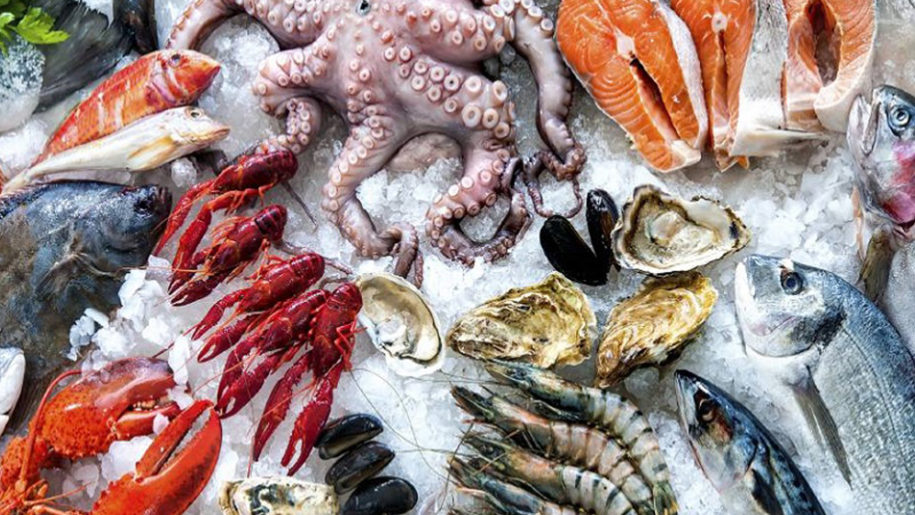
Logistics for Vietnamese seafood exports
Logistics for seafood export industry
Vietnam’s seafood industry has an important position in the national economy, identified as one of the five key marine economic sectors in the Vietnam Marine Strategy to 2020. Export value of the fisheries sector ranks 3rd in the economic sectors of the country. The number of fishermen and fishermen is estimated with approximately 3 million workers working directly or indirectly in marine fisheries, exploiting, farming and protecting inshore and offshore fisheries.
Vietnamese seafood is currently consumed in more than 160 markets. Consumption markets are expanding day by day and gaining an important foothold in major markets. The US, Japan, EU are the 3 largest markets, accounting for 50-60% of Vietnam’s export value.
China in recent years has become the fourth largest and most important market of Vietnam, has high import growth, however, this market is often volatile, enterprises lack information about market supply and demand and easy to risk. Besides, seafood products exported to this market are mostly raw materials with low returns.
Seafood export Vietnam has been developing rapidly in recent years, a potential market for businessmen in Vietnam to compete and boost the country’s economy to develop.
But a problem posed here is that these traders have understood the process as well as the procedure to export their products for production to foreign markets?
Customs procedures:
Invoice
Packing List
Bill Of Loading
Certificate Of Orgin
Hearth Certificate (European Market is a Veterinary Certificate)
Analysis Certificate (microbiological test, antibiotic)
Some HS codes can refer to:
|
Đối tượng |
Mã HS |
Điều kiện |
|
Tôm hùm ma |
03063110 |
200 mm trở lên |
|
Cá ba sa |
03027290 |
Không còn sống |
|
Các loại cá mú |
03019911 |
500g/con trở lên |
|
Cá mú vàng nước ngọt |
03019941 |
400g/con trở lên |
|
Tôm hùm xanh |
03063110 |
167 mm trở lên |
In summary, the process of exporting seafood in Vietnam is also quite simple. However, care should be taken during the packaging and transportation process to avoid any unfortunate loss. In addition, the selection of containers is equally important as seafood is often frozen that requires the right storage temperature. Therefore, choosing a reputable and experienced logistics partner in transporting this item is something that businesses should pay attention to to avoid unexpected risks.

If you need assistance with import and export of international goods, you can contact our Smart Link team, for advice on service advice as well as necessary related customs procedures.


































